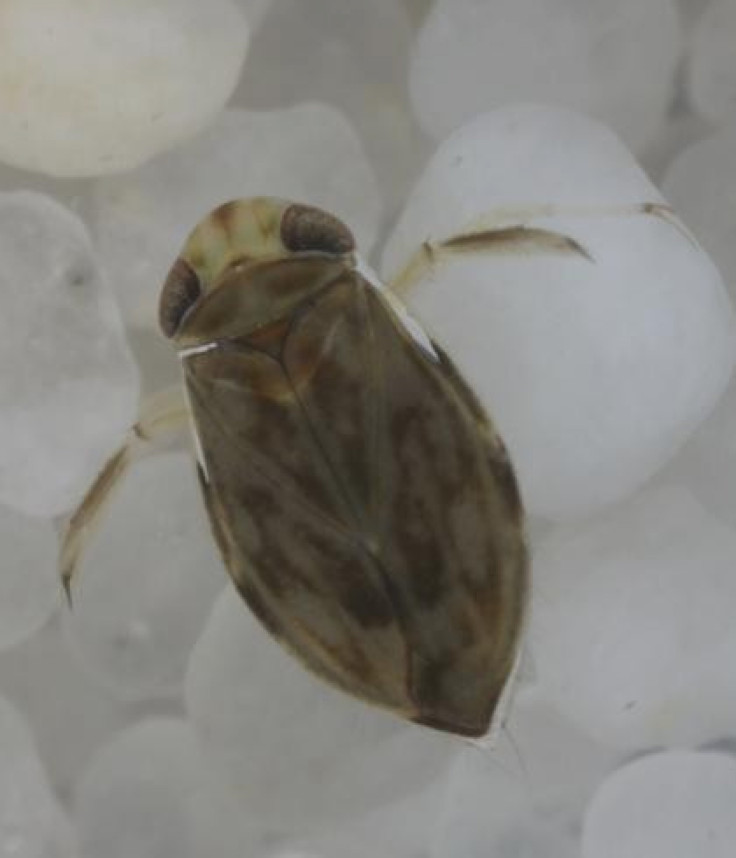Loudest Insect Makes Noise by Rubbing Genitals

Scientists have discovered that the water boatman, also known as Micronecta scholtzi makes the noisiest sounds of any other animal on earth relative to its body size.
The insect can make noise as loud as 99.2 decibels. The noise is big as sitting in the front row of a loud full-blown orchestra and being close as 15 meters from a running freight train. A freight train is about 80 decibels.
The male water boatman rubs his penis or genitalia appendage against the uneven surface of his abdomen, like a wooden spoon against a washboard in order to make the loud noise.
The research was led by Dr James Windmill, a lecturer in the University's Centre for Ultrasonic Engineering, in collaboration with Dr Jerome Sueur at the Muséum national d'Histoire naturelle, Paris, France.
Most of the loudest animals living on Earth are also the largest, with blue whale songs reaching 188 decibels and elephant's rumbling at 117 decibels.
Although remarkable acoustic signals are made by a range of invertebrates, including the miniature cricket and preying mantis, and by large mammals, none compare to M. scholtzionce when body size is taken into account.
Remarkably, even though 99% of sound is lost when transferring from water to air, the song is so loud that a person walking along the bank can actually hear these tiny creatures singing from the bottom of the river, Windmill said.
We were very surprised. We first thought that the sound was coming from larger aquatic species such as a Sigara species [of] lesser water boatmen. When we identified without any doubt the sound source, we spent a lot of time making absolutely sure that our recordings of the sounds were calibrated correctly.
If you scale the sound level they produce against their body size, Micronecta scholtzi are without doubt the loudest animals on Earth.
The sound, used by males to attract mates, is produced by rubbing two body parts together, in a process called stridulation. In these lesser water boatmen the area used for stridulation is only about 50 micrometers across, roughly the width of a human hair.
Researchers will discuss and ineevestigate regarding aspects of biology and engineering to clarify how and why such a small animal makes such a loud noise, and to explore the practical applications.
Biologically this work could be helpful in conservation as recordings of insect sounds could be used to monitor biodiversity. From the engineering side it could be used to inform our work in acoustics, such as in sonar systems, Windmill said.
The researchers will present their work at Society for Experimental Biology Annual Conference in Glasgow on Saturday 2 July.
STRIDULATION FACTS
* Stridulation is the act of rubbing two body parts together to produce a sound
* Resonating sounds are made when a ridge is rubbed across a finely ridged surface
* It is most commonly associated with grasshoppers and crickets but some beetles, bugs and even spiders are known to chirp, chirrup and hiss in this way
* Only one species of mammal, the streaked tenrec, is known to stridulate by rubbing its quills together
© Copyright IBTimes 2024. All rights reserved.











